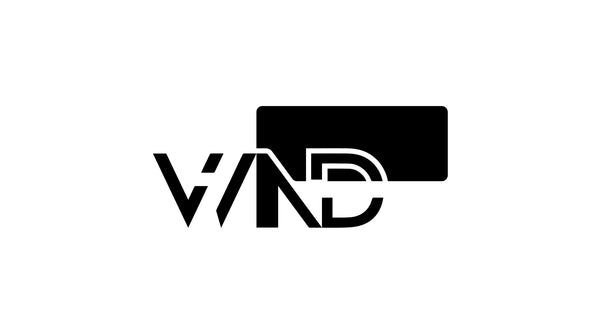Mechanical keyboards are designed with a different key switch mechanism compared to traditional rubber dome keyboards. The arrangement of keys on a mechanical keyboard typically follows the standard QWERTY layout, although alternative layouts like Dvorak or Colemak are also available. The key arrangement itself is usually similar to that of a regular keyboard.
Here's a breakdown of the general arrangement of keys on a mechanical keyboard:
Alphanumeric Keys: These keys are arranged in a grid pattern and consist of letters, numbers, and special characters. The main alphanumeric section usually starts with the number row at the top, followed by the letter keys.
Function Keys (F1-F12): Located at the top row of the keyboard, the function keys provide additional functionality. These keys are often used as shortcuts for various commands or actions in software applications.
Modifier Keys: These keys include the Shift, Ctrl (Control), Alt (Alternate), and Win (Windows) keys. They are typically found in multiple locations on the keyboard to allow for easier access and key combinations.
Navigation Keys: The navigation cluster includes the arrow keys (Up, Down, Left, Right) typically arranged in an inverted T shape. Additionally, there are keys like Home, End, Page Up, and Page Down that facilitate navigation within documents or webpages.
Numeric Keypad: This section is located on the right side of the keyboard and includes a layout similar to that of a calculator. It consists of numeric keys (0-9), mathematical operators (+, -, *, /), and other commonly used functions like Enter, Backspace, and Num Lock.
Special Keys: These keys vary depending on the specific keyboard model and manufacturer. They may include media control keys (play, pause, volume), programmable macro keys, backlighting controls, and other customizable buttons.
It's important to note that while the general arrangement of keys is consistent across mechanical keyboards, there may be variations in the physical layout, size, and additional features depending on the keyboard's form factor (full-size, tenkeyless, compact, etc.) or specific design choices made by different manufacturers.
